
Stanley's Top 5 Hardiest Residents
As the snow begins to grow deep in the high country, wildlife that calls these Idaho mountains home in the summer, migrate to more suitable winter habitat at lower elevations. These migrations may lead only as far as the sagebrush river bottoms below the mountain peaks, in the case of the Mule deer. Or like the sandhill crane, hundreds to thousands of miles in search of winter feeding grounds. Some of the smaller critters, like the ground squirrels and frogs, not capable of long travel, settle into dormancy until the spring thaw. There are, however, a few die-hard souls that spend the winter in the shadow of the Sawtooths. Let's take a look at some of Stanley’s winter wildlife.
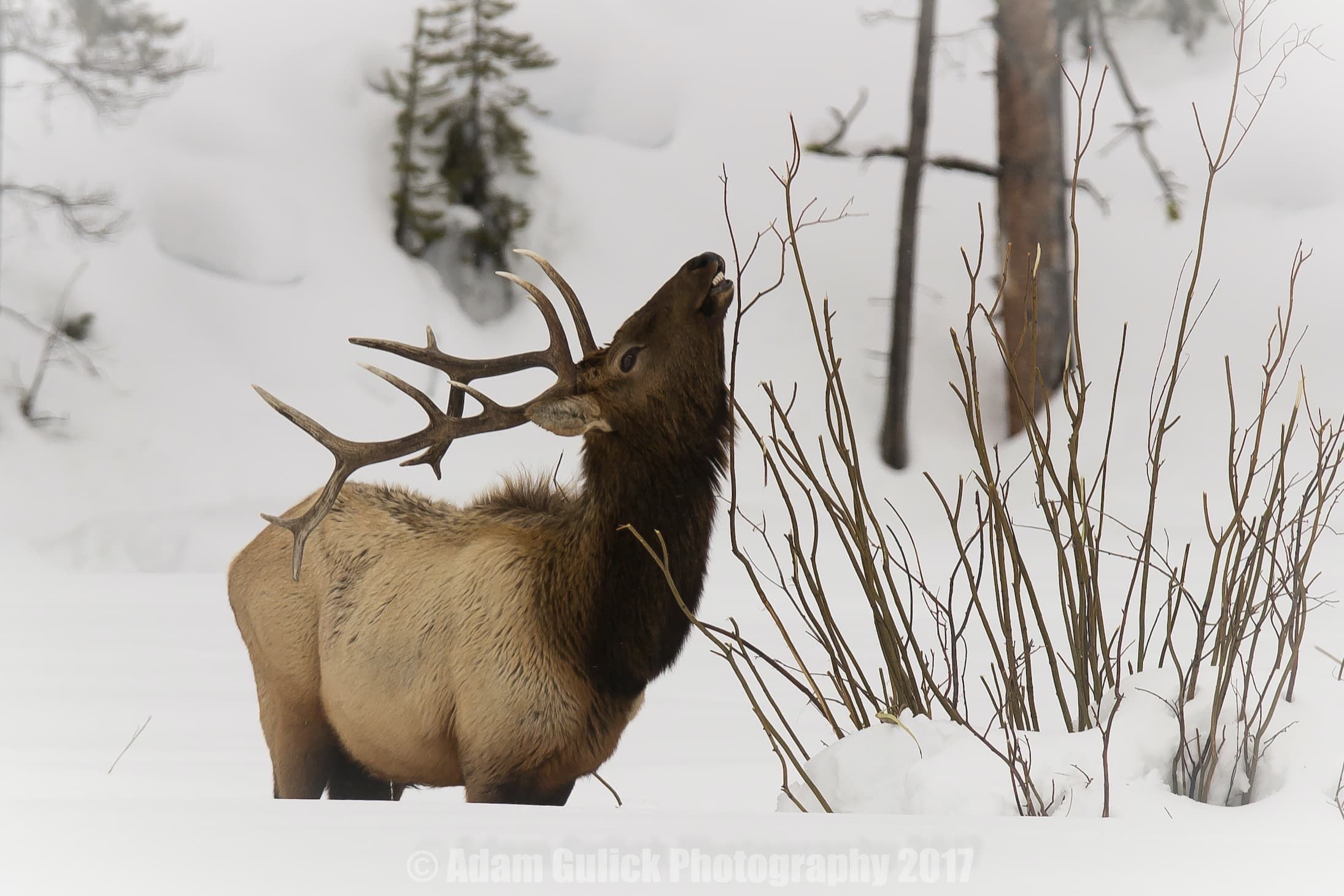
Elk
The great majority of the Sawtooth elk herd migrates to the lower country for the winter. However, a small herd winters right close to town. It’s really incredible how these large ungulates withstand deep snow and temperatures reaching negative 40 plus. Dense winter coats made of hollow hairs combine with fat stores and pure resilience carry the animals through the harsh winter months. It is common to see them laying close to the various warm springs along the mouth of Valley Creek or feeding in the open meadows west of town. Food is scarce in the winter and survival depends on these animals conserving energy. Enjoy them from a distance to avoid disturbing them.
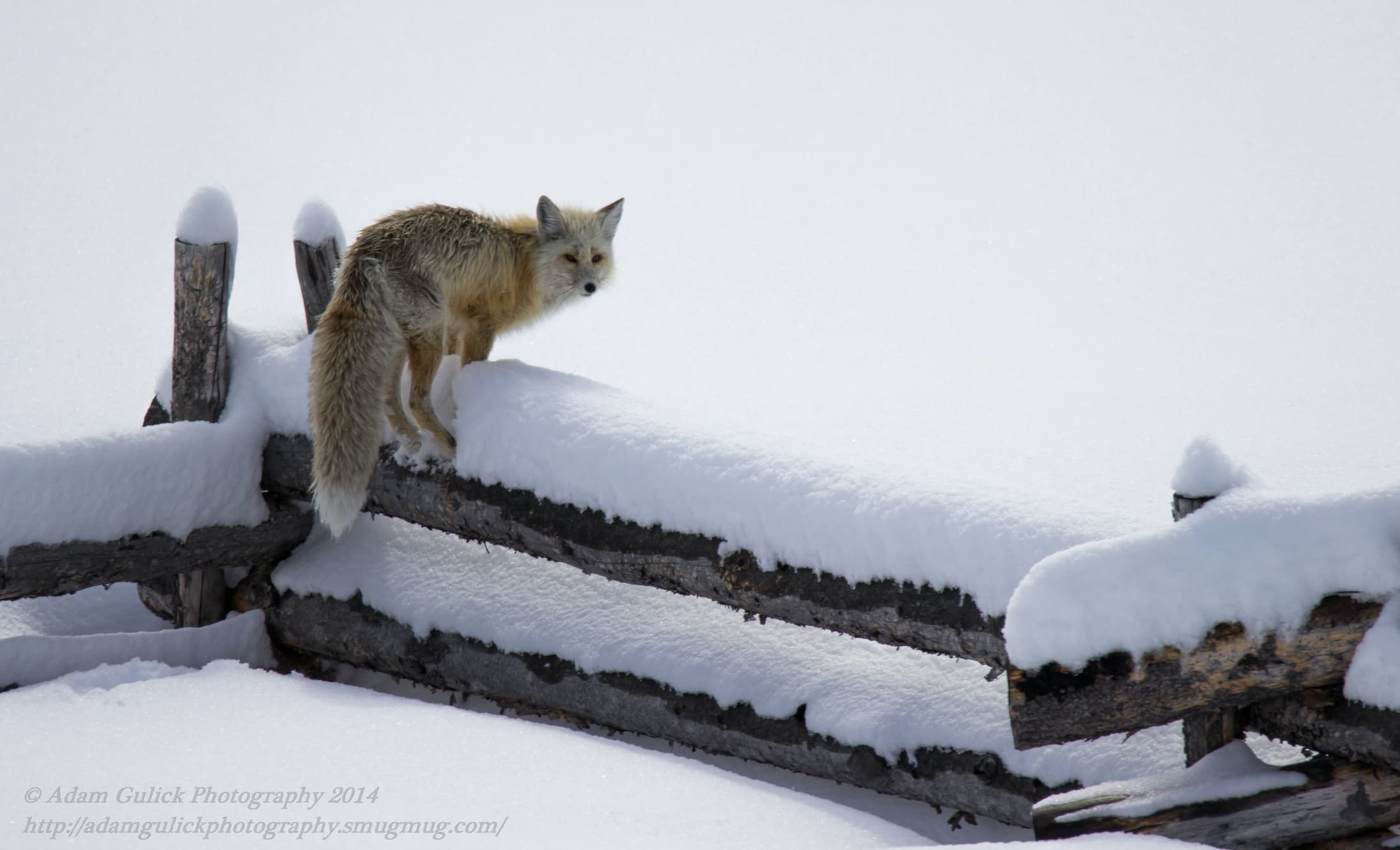
Red Fox
These sly critters may as well be the Stanley Mascot. It’s not uncommon for a fox to show up at your doorstep at night looking for a generous heart. It is important not to be charmed, because once you’ve fallen for their trick, they may become an un-welcomed visitor. The red fox has many different color morphs from the more common red to solid black and every combination between. It’s fairly common to spot these critters on a sunny winter afternoon listening intently for rodents beneath the snow.
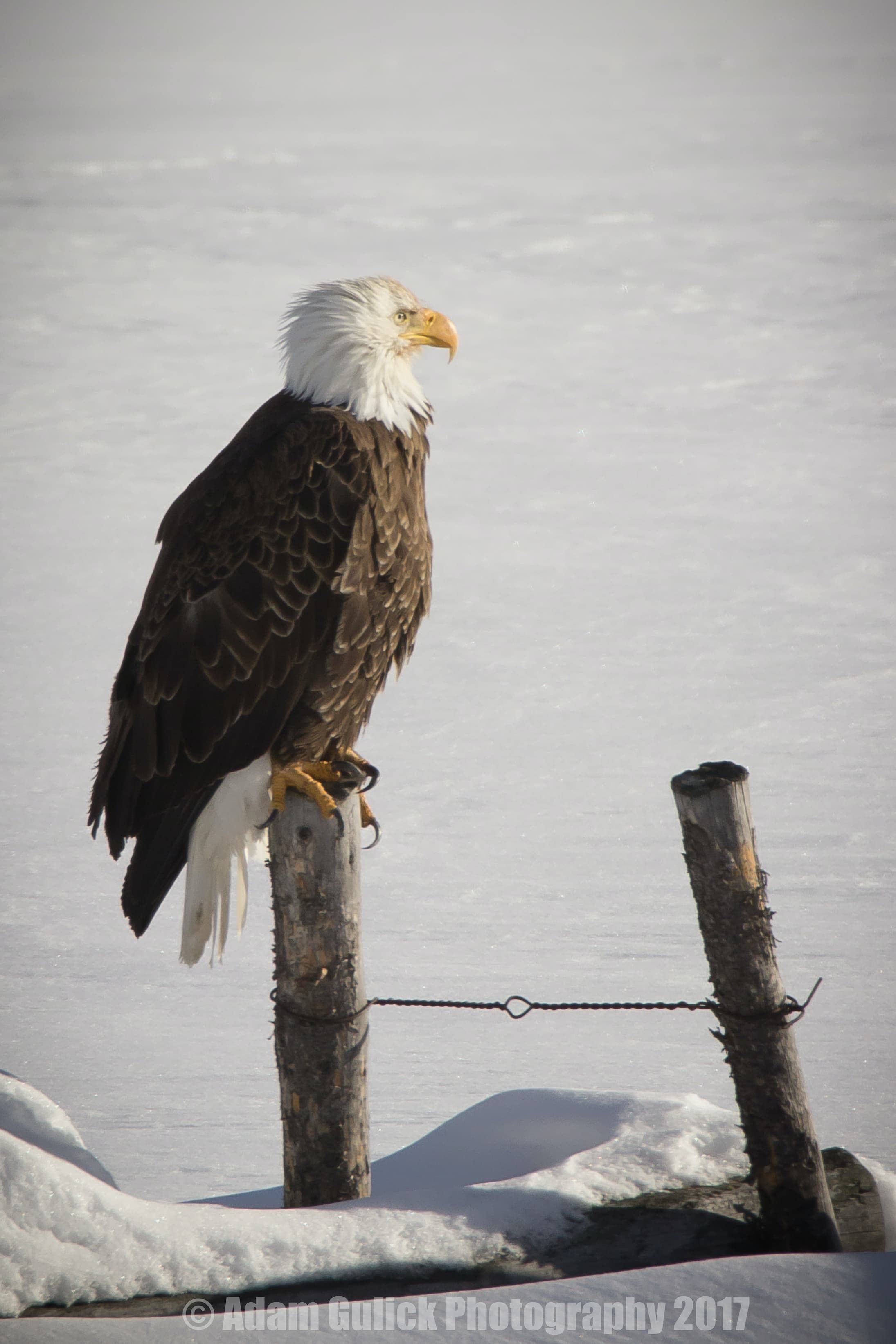
Bald Eagle
Stanley basin is home to a large variety of raptors in the summer, but only America's bird hangs around through the winter months. The Eagles take advantage of the carrion of winter kill animals in addition to preying on waterfowl, fish, rabbits, and other small prey. Look along the salmon river in the tops of old dead snags where they like to perch. Don't worry they're not angry, that's just the way they look.
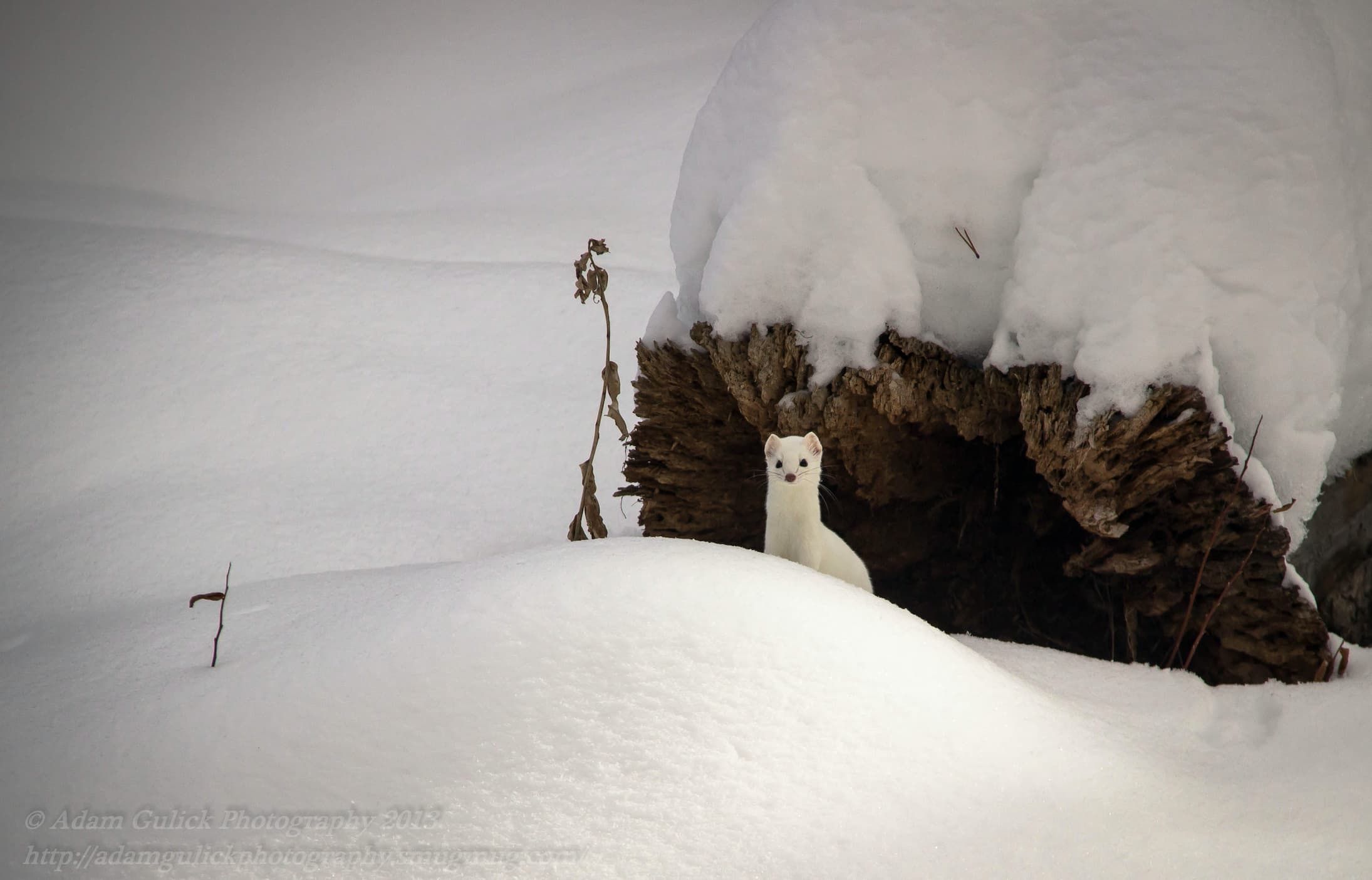
Ermine
This small member of the weasel family has a unique adaptation to winter. More commonly referred to as a stoat in the summer when it wears a brown coat, the ermine's coat turns white in the winter. This new coat provides camouflage in the snowy landscape, making it not only a more proficient hunter but also hides it from larger predators, like coyotes and eagles.
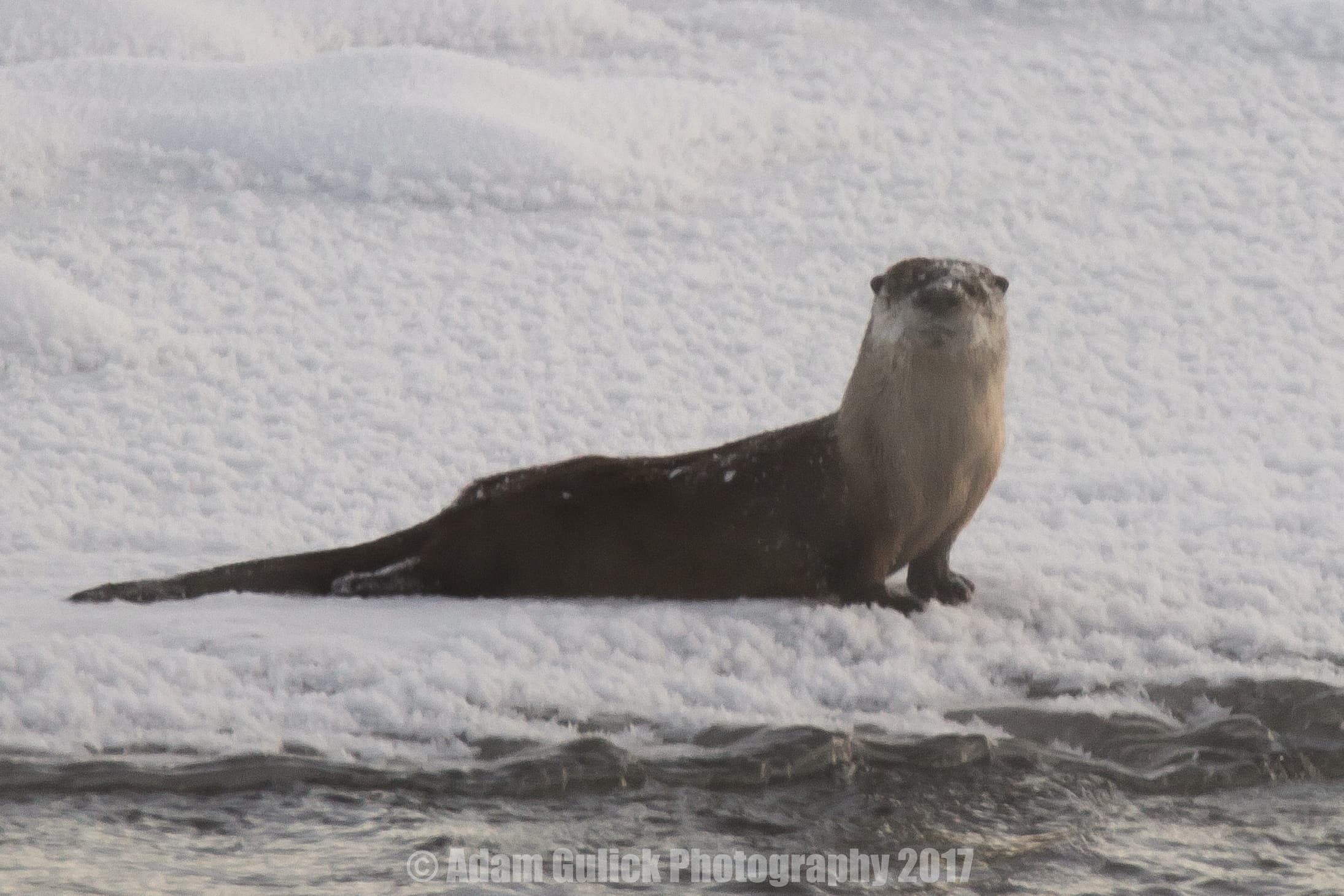
River Otter
I had to save the best for last. These playful critters are an absolute joy to watch. Another member of the weasel that primarily inhabits areas close to water, where an adequate fish population exists. Being a familial and social animal, it is not uncommon to see them in groups, sliding, diving, playing and hunting along the river banks. The winter snow gives hints to when these lovable critters are around. Look along the banks of the Salmon River and Valley Creek for their tracks and slides. Often times all you will see is their heads peeking out of the water, but if you're lucky, they can put on quite a show.
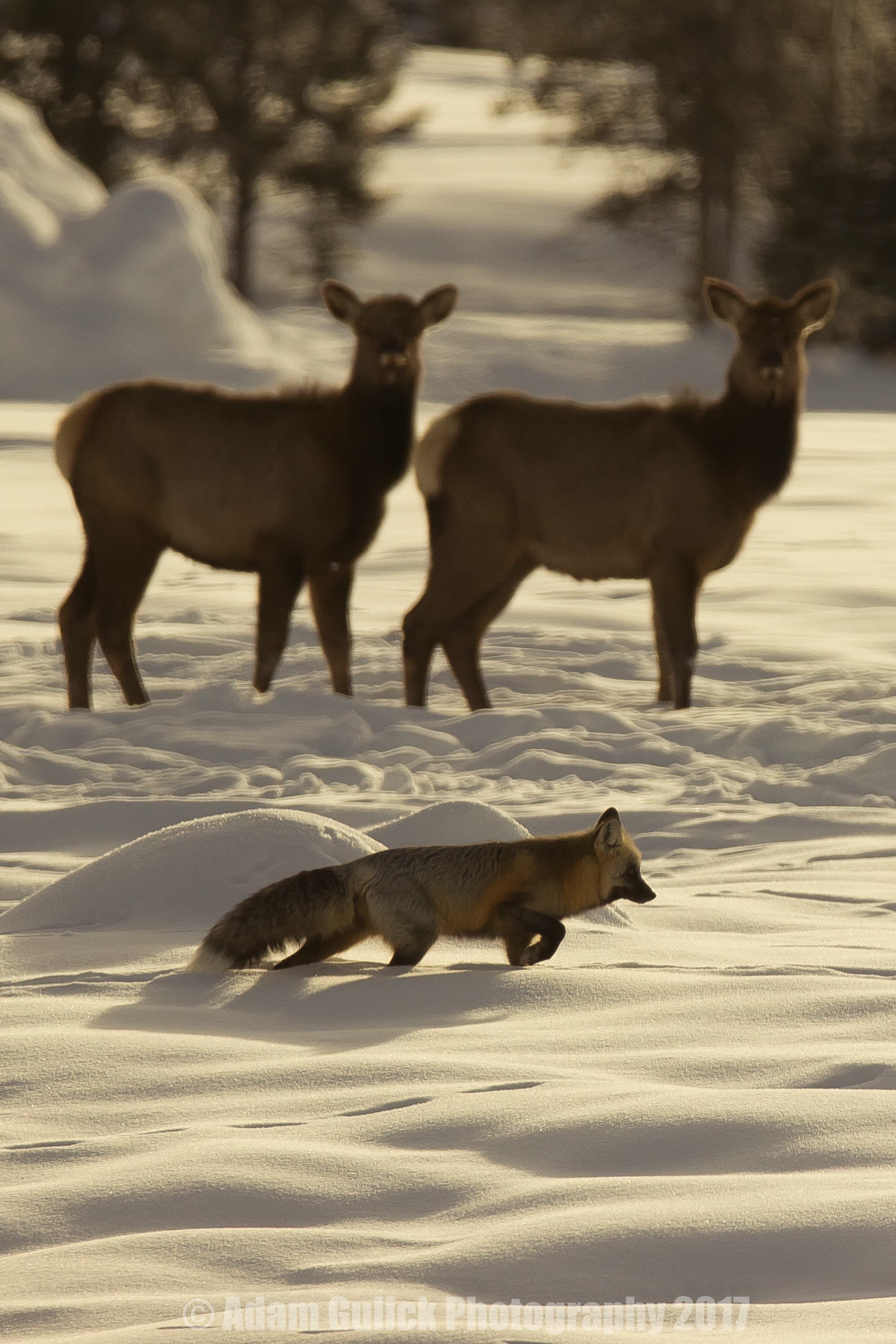
You might get a chance to see one of these furballs around Stanley this winter. Go cross-country skiing at park creek and see a fox or coyote out on the prowl. Soak in the hot spring among the elk and soaring eagles. Look for ermine and martin while snowshoeing through the lodgepole pines. Take a snowmobile ride on hundreds of miles of trail amongst some of the best winter recreation the west has to offer. Join us in Stanley this winter!
~ Blog and photography by Adam Gulick